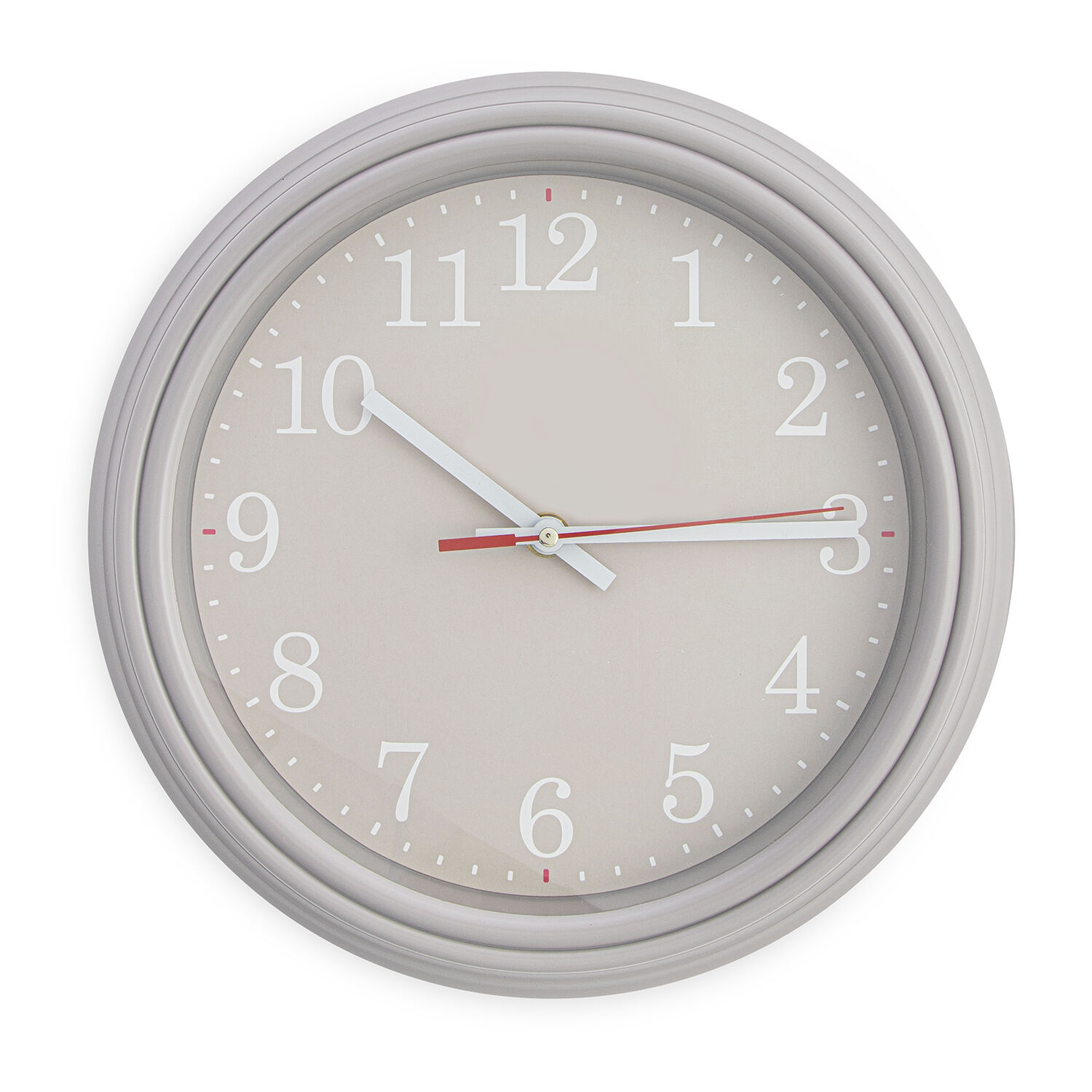
Temporary changes in Australia's daylight saving timing for the summer Olympics of 2000 also failed to save any energy, a 2007 study found. However, Hadley said, the effect of the entire months-long stretch of daylight saving could very well have the opposite effect.Ī 1998 study in Indiana before and after implementation of daylight saving time in some counties found a small increase in residential energy usage. Hadley and his colleagues found that the four weeks of extra daylight saving time that went into effect in the United States in 2007 did save some energy, about half of a percent of what would have otherwise been used on each of those days, they said in a report to Congress published on Sept. Why Does Daylight Saving Time Start at 2 a.m.? Are Pets Affected by Daylight Saving Time? 5 Crazy Chapters in the History of Daylight Saving Time 5 Weird Effects of Daylight Saving Time Heating and cooling probably matter more, and some places may need air-conditioning for the longer, hotter evenings of summer daylight saving time. But lights have become increasingly efficient, Hadley said, so lighting is responsible for a smaller chunk of total energy consumption than it was a few decades ago. Brighter evenings may save on electric lighting, said Stanton Hadley, a now-retired senior researcher at Oak Ridge National Laboratory who helped prepare a report to Congress on extended daylight saving time.
Time clockx and more trial#
During the Arab oil embargo, when Arab members of the Organization of Petroleum Exporting Countries (OPEC) stopped selling petroleum to the United States, Congress even enacted a trial period of year-round daylight saving time in an attempt to save energy.īut the evidence for any significant energy savings is slim.

during World War I, and then reinstituted again during WW II, as a part of the war effort. The time change was first instituted in the U.S. The nominal reason for daylight saving time has long been to save energy. More daylight also could mean more outdoor exercise (or exercise at all) for full-time workers. Research has also suggested that with more daylight in the evenings, there are fewer traffic accidents, as there are fewer cars on the road when it's dark outside. Regions farthest away from the equator and closer to the poles get the most benefit from the DST clock change, because there is a more dramatic change in sunlight throughout the seasons. (Image credit: BlueRingMedia / ) (opens in new tab) Because it revolves around this axis at an angle, different parts of our planet experience the sun's direct rays at different times of the year, leading to the seasons. Īs Earth orbits the sun, it also spins around its own imaginary axis. Related: Read more about the science of summer. During the summer season in each hemisphere, Earth, which revolves around its axis at an angle, is tilted directly toward the sun. That's because the days start to get longer as Earth moves from the winter season to spring and summer, with the longest day of the year on the summer solstice. However, those who do observe DST take advantage of the natural daylight in the summer evenings. Why do we have daylight saving time?įewer than 40% of the world's countries observe daylight saving time, according to (opens in new tab). Then, in 2007, the Energy Policy Act of 2005 went into effect, expanding the length of daylight saving time to the present timing. That federal law meant that any state observing DST - and they didn't have to jump on the DST bandwagon - had to follow a uniform protocol throughout the state in which daylight saving time would begin on the first Sunday of April and end on the last Sunday of October. And in 1966, to tame such "Wild West" mayhem, Congress enacted the Uniform Time Act. states and towns were given the choice of whether or not to observe DST led to chaos. 9, 1942, President Franklin Roosevelt re-established daylight saving time year-round, calling it "War Time."Īfter the war, a free-for-all system in which U.S. (It's a myth that DST was instituted to help farmers (opens in new tab).) And so daylight saving time was abolished until the next war brought it back into vogue. Though President Woodrow Wilson wanted to keep daylight saving time after WWI ended, the country was mostly rural at the time and farmers objected, partly because it would mean they lost an hour of morning light. (Image credit: Topical Press Agency/Getty Images) (opens in new tab) time zones and daylight saving time, which would begin on March 31. President Woodrow Wilson, shown here, signed the Standard Time Act in 1918, establishing U.S.


 0 kommentar(er)
0 kommentar(er)
